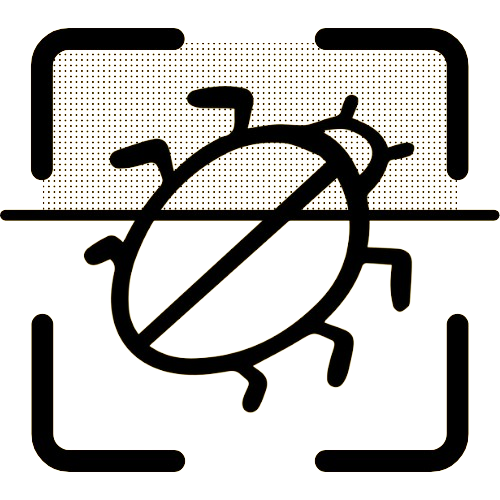Pros and Cons of Using a Bed Bug Scanner for Early Detection
April 13, 2025
Bed bug infestations can be more than just a nuisance; they can disrupt lives and cause real harm to mental and physical health. Thus, early detection is crucial. Enter the bed bug scanner, an innovative tool utilizing artificial intelligence (AI) to help identify bed bug activity discreetly and efficiently. In this article, we will explore the pros and cons of using a bed bug scanner for early detection, helping you make an informed decision on managing these unwelcome visitors.
Understanding Bed Bug Detection Technology
The modern approach to bed bug detection has evolved significantly with the advent of new technologies. Instead of relying solely on visual inspections by humans, which can be both labor-intensive and prone to oversight, scientists and tech companies are harnessing AI to detect bed bugs more effectively. Bed bug scanners employ AI algorithms to analyze images and provide an accurate assessment of potential infestations.
How Bed Bug Scanners Work
Bed bug scanners operate by using AI to scrutinize images of beds, furniture, and other common hiding places for bed bugs. Users simply upload photos to the scanner, which then analyzes features synonymous with bed bugs and their indicators, such as droppings or eggs. By contrasting these images against extensive databases of known bed bug characteristics, the scanner can rapidly identify the presence of an infestation. For more detailed insight into how this technology is reshaping pest control, visit our article on how AI is revolutionizing bedbug detection and prevention.
Benefits of Early Bed Bug Detection
Early detection of bed bugs can significantly mitigate the consequences of an infestation. Some key benefits include:
- Cost Savings: Early detection can prevent the issue from escalating, thereby reducing the costs associated with full-scale exterminations.
- Minimized Disruption: Detecting bed bugs before they spread can help minimize household disruptions and health risks.
- Peace of Mind: Knowing that you're using a reliable tool for early detection can alleviate the anxiety often associated with these pests.
Implementing a technology-driven solution such as a bed bug scanner lets you address problems proactively, potentially saving not only money but also a lot of stress and hassle.
Potential Drawbacks of Bed Bug Scanners
While bed bug scanners offer numerous advantages, they do have some limitations:
- Initial Costs: There might be an upfront cost to utilize such advanced technology, which can be a barrier for some users.
- Dependence on Image Quality: The accuracy of the scanner is highly dependent on the quality of the images submitted. Poor lighting or unclear photos may lead to less reliable results.
- False Positives/Negatives: As with any technology, bed bug scanners are not perfect and may occasionally misidentify items or miss smaller infestations.
It’s vital to understand these limitations to best integrate bed bug scanners into your broader pest management strategies.
Comparing Bed Bug Scanners with Traditional Methods
Traditional methods of bed bug detection generally involve visual inspections and, in more sophisticated setups, the use of sniffer dogs. While these methods have been effective, they carry limitations in terms of time and resources. Bed bug scanners offer a more accessible, broadly applicable alternative, especially in settings where frequent inspections are necessary.
Both methods have their place, but the convenience and speed of a bed bug scanner make it a compelling option for many.
Maximizing the Effectiveness of Your Bed Bug Scanner
To maximize the effectiveness of your bed bug scanner, ensure that you follow these best practices:
- Capture Quality Images: Always assure good lighting and capture clear, focused images of potential bed bug hiding spots.
- Regular Monitoring: Repeated use of the scanner can help catch infestations early, even before they become visible to the naked eye.
- Complement with Other Methods: Consider combining scanner use with professional pest assessments to cover all bases.
For more tips on enhancing detection, see our guide on maximizing bedbug detection.
Conclusion and Recommendations
By integrating technology for bed bugs, such as the bed bug scanner, into your pest control regimen, you can stay one step ahead of potential infestations. These scanners offer a blend of early detection benefits and technological prowess that, while requiring some upfront investment, can pay off significantly in peace of mind and reduced infestation management costs.
Are you ready to take control of your home and ensure it remains bed bug-free? Try Bed Bug Scanner today and see how cutting-edge technology can simplify pest management in your life.
